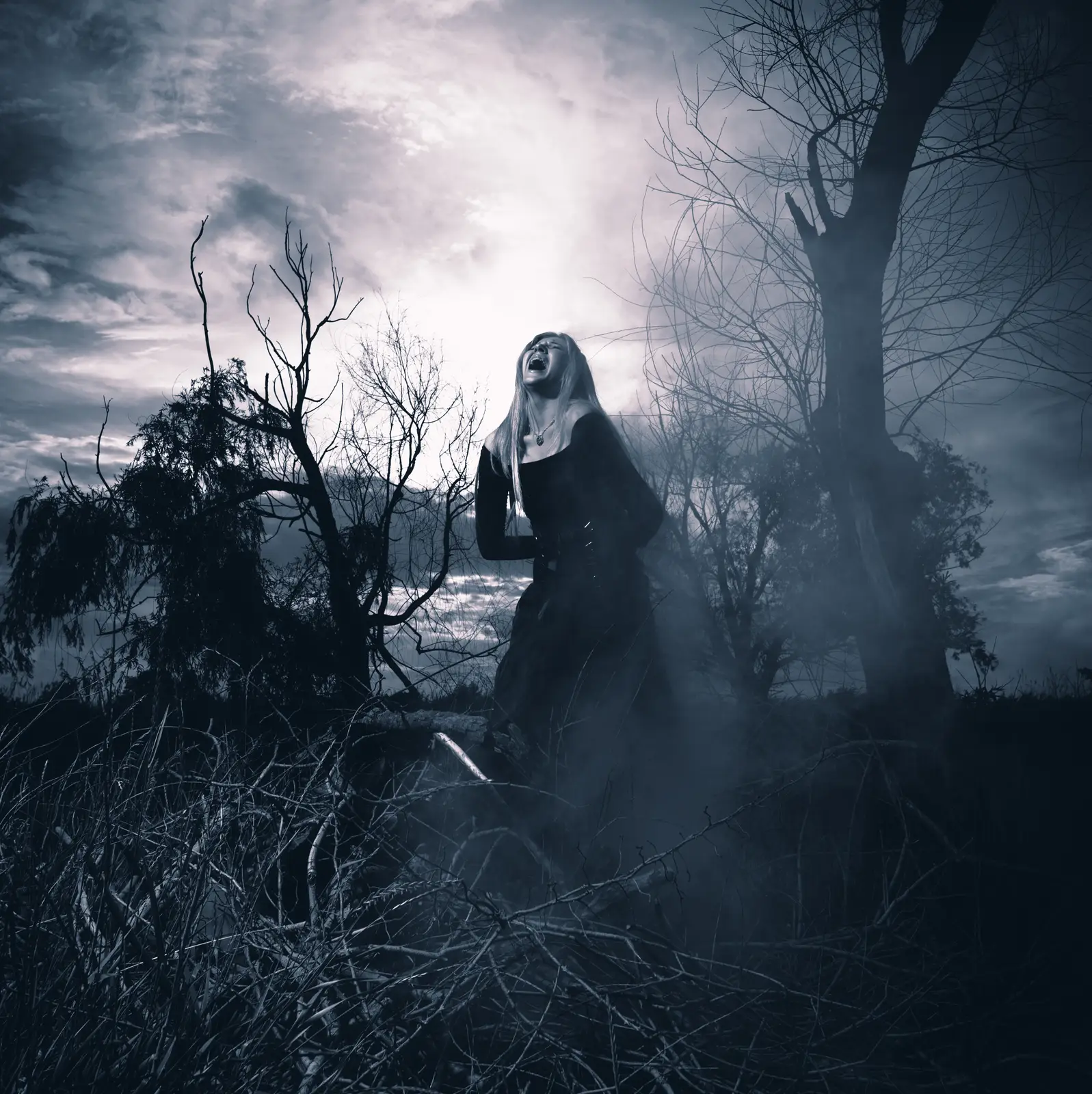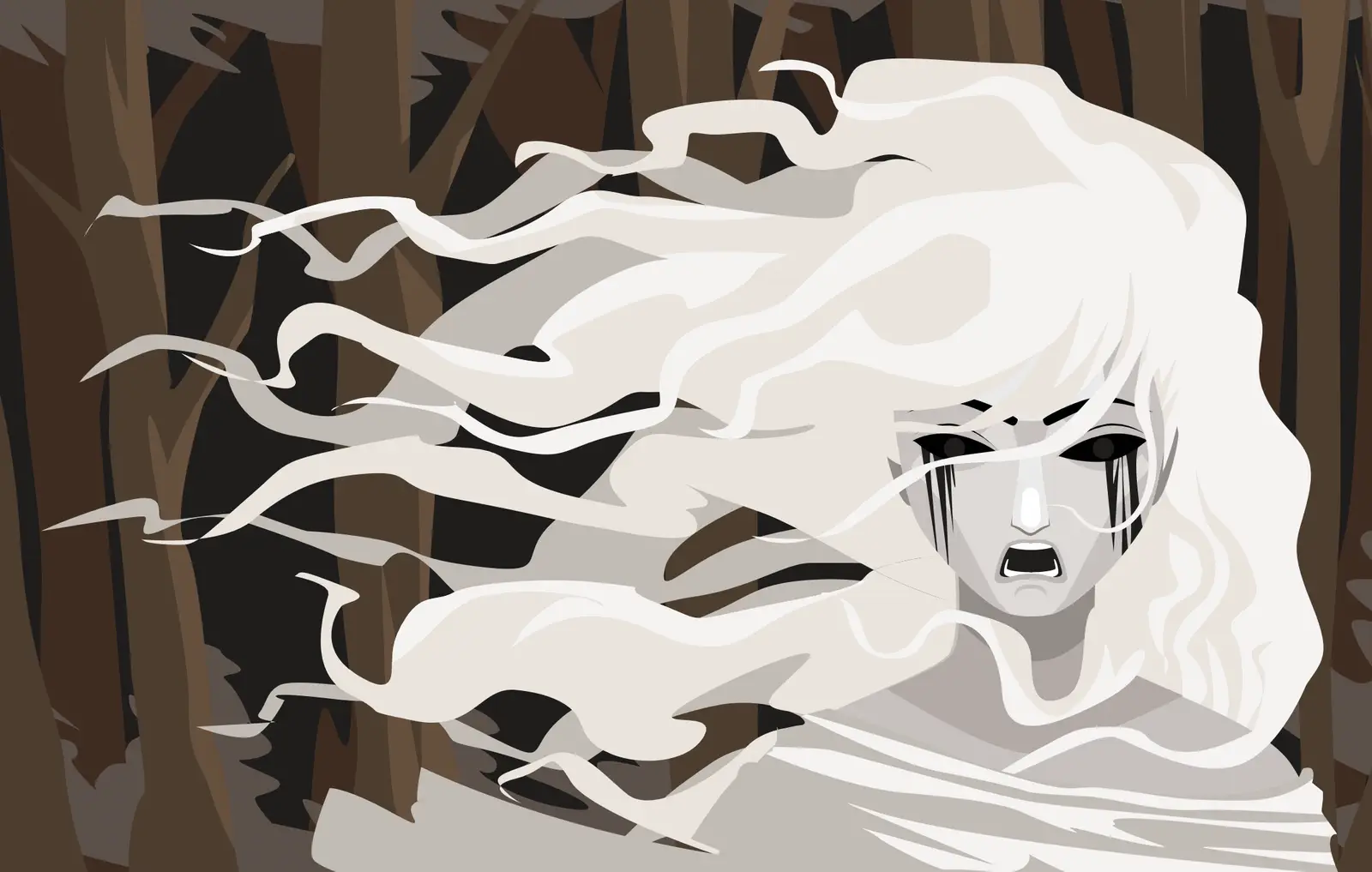The Banshee
Dive into the haunting legends of the Irish Banshee, a spectral figure whose eerie keening signals an impending death. From her historical origins as a funeral 'keener' to the mysteries surrounding her appearance and intent, explore the rich tapestry of tales that birthed this iconic spirit.

Ireland, a land of haunting beauty and ancient legends, has gifted the world with countless tales of magic and mystery. From its verdant hills to its rocky coastlines, every nook and cranny seems to whisper tales from the past. One such tale is that of the Banshee, a spectral figure whose eerie keening is said to herald the death of a loved one. Delve with me into the spine-tingling history and legends of the Banshee.
The Melancholy Melody of the Banshee
One of the most iconic aspects of the Banshee is her mournful song. This keening, a word derived from the Irish term 'ag caoine', is not just a sorrowful wail but a foreboding omen. Those who hear it are often gripped by an instinctual dread, for the Banshee's lament is said to signal the impending death of someone close.
A Spirit with a Strong Connection to Irish Heritage
While the specter of death might be a universal fear, the Banshee is deeply rooted in Irish culture and lineage. It is believed that those with old Irish surnames, especially those beginning with Mc, Mac, or O' (like McMahon, MacNamara, or O'Neill), are more likely to encounter this ghostly harbinger. As centuries passed and Irish families intermarried, each family developed its own unique Banshee, setting her apart from others in appearance and sound.
The Many Faces of the Banshee
When one imagines a Banshee, the vision may vary based on which tale you've heard:
The Ethereal Beauty: Some accounts describe the Banshee as a mesmerizing woman with flowing locks, a vision of sorrow and grace.
The Mournful Maiden: Others have encountered her as a woman draped in a shroud or a gleaming silver or white dress. Her hair, too, might differ, appearing as strands of silver, jet black, or fiery red.
The Craggy Crone: Yet, in some tales, she appears as an elderly hag, her features weathered by the centuries and her eyes reflecting ancient pain.
The Historical Roots of the Banshee
To truly understand the Banshee, one must journey back to the 8th century. During this period, real women, known as 'keeners', were hired to attend funerals. Their role? To wail and lament, a vocal outpouring of grief. This service was not looked upon kindly by the religious orders of the time. Viewing it as a dark and unholy practice, these orders condemned these women, cursing them to an eternal existence as Banshees.
Guardians from the Other Side
While the Banshee's song might be fraught with forewarning, not all consider her a malevolent spirit. Some believe that good Banshees once had profound connections with their families in life and continue to watch over them from the 'other side'. Their haunting melodies are, in fact, private serenades, meant only for the ears of those they aim to warn. There are whispers of evil Banshees, but many, myself included, believe that these spirits, whether in sorrow or love, ultimately aim to connect us with our ancestral roots.
In Conclusion: Understanding the Wail
The Banshee, a figure steeped in history and legend, serves as a poignant reminder of Ireland's rich tapestry of folklore. Her keening, while haunting, ties generations of Irish families together, bridging the world of the living and the realm of spirits. Whether you believe in her or not, the Banshee undeniably adds a layer of depth to Ireland’s already profound cultural narrative.
May you never hear her song, but if you do, remember the rich history behind each wail and the centuries of stories that brought her into being.
My Irish name is MacAodha. Many years ago somebody close to me passed one night. I too heard a 'caoine' and I sat up quite startled. I never forgot the episode to this day.
